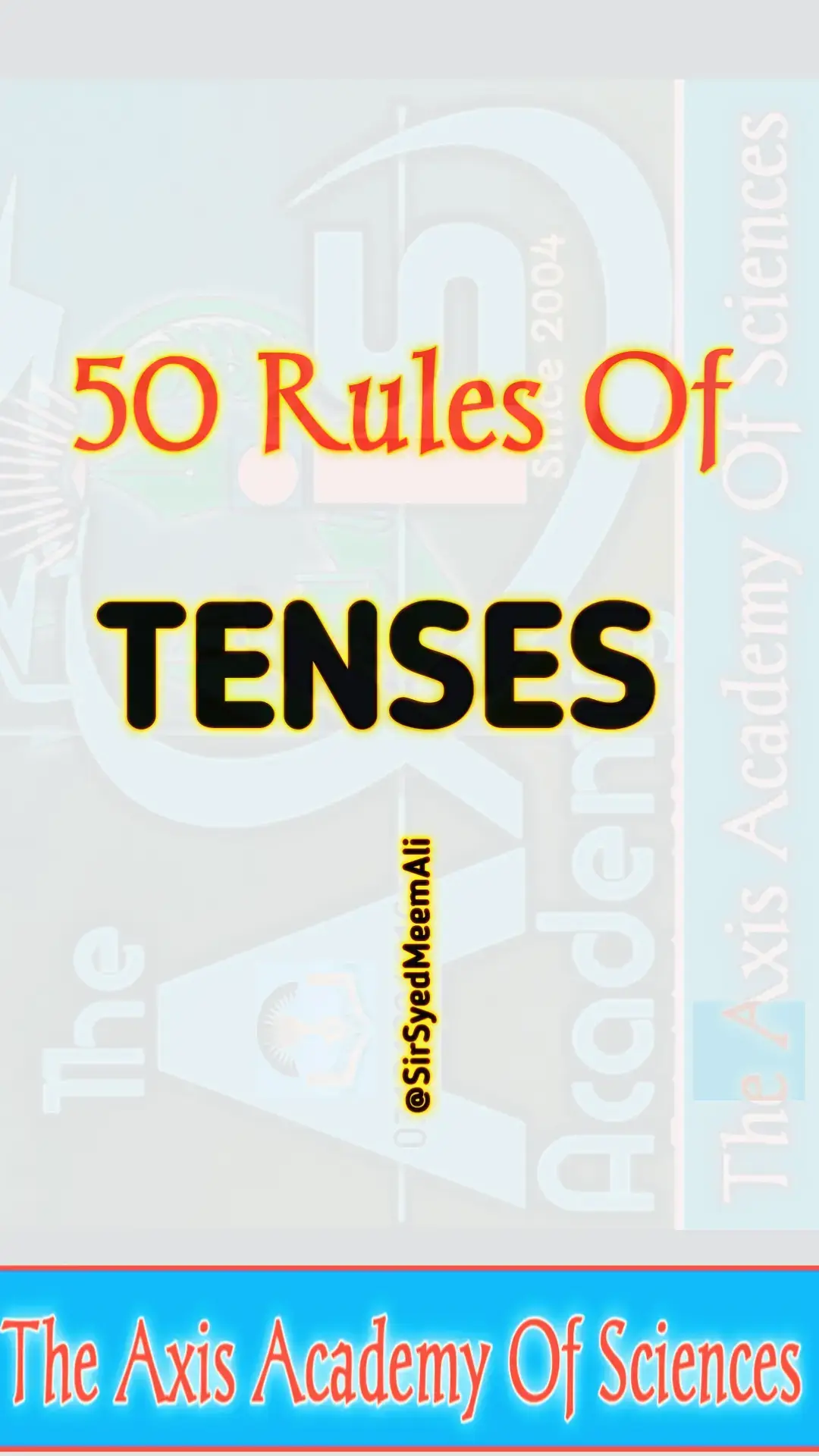Tập Gym Tại Home 💪
Region: VN
Saturday 22 November 2025 13:40:20 GMT
152578
1481
8
829
Music
Download
Comments
Rạn :
Tập hay lắm luôn
2025-11-23 06:50:50
1
An Bình :
Lưu xong để đó 🤣
2025-11-25 00:34:50
0
Thuỳ Ái Xinh :
Ok
2025-11-23 02:24:21
0
Tổn thương@. :
😁😁😁
2025-11-22 23:36:41
1
ngochai721993 :
♥️♥️♥️
2025-11-25 05:05:42
0
Sopheap :
🥰🥰❤❤️
2025-11-25 04:48:52
0
MONIE GYM :
Hello, e là pt gym kèm 1:1 , giá sv nè, tập buổi nào tính buổi đó nhé! Không ràng buộc🥰
2025-11-23 03:52:55
0
To see more videos from user @cosuckhoelacoall, please go to the Tikwm
homepage.





